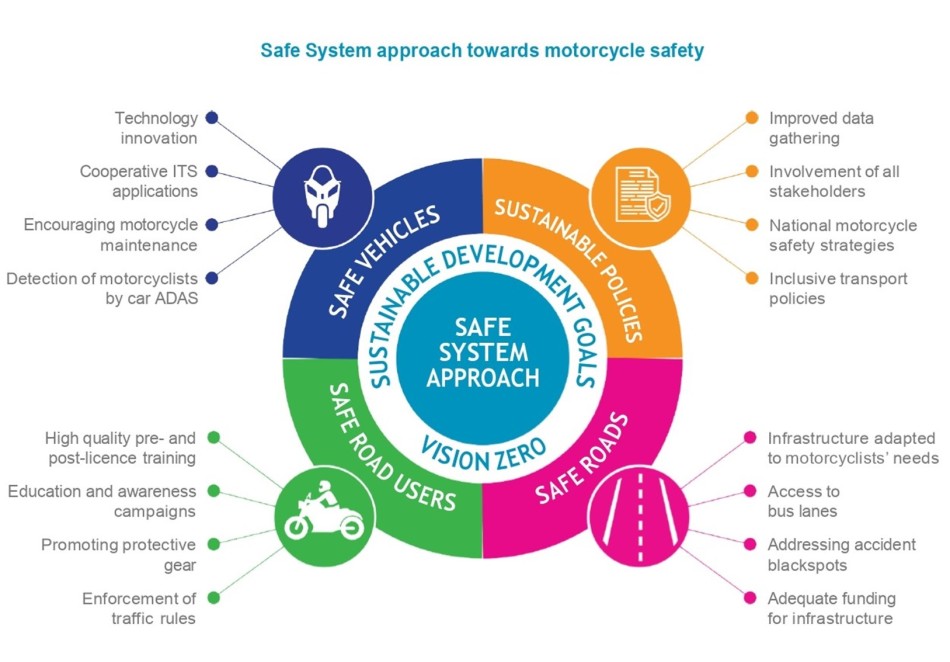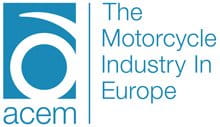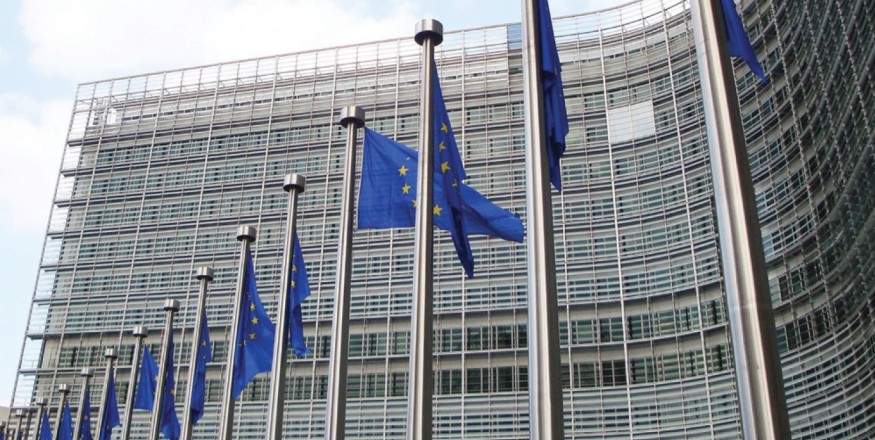1. General policy recommendations
Improving data gathering and research
- In-depth and naturalistic studies should be encouraged and implemented at European, national, regional and local levels. These studies provide valuable and detailed insight into normal riding tasks, near-missed accidents and accident causation
- National authorities should collect exposure data to develop sound motorcycle safety policies, in line with recommendations made by the European Road Safety
- This would allow public authorities to devise more effective safety measures to minimise the risk of accidents as well as realistic policy objectives.
Developing inclusive motorcycle policies
- Whilst vehicle safety has significantly improved over the years, and further developments are likely to follow as safety technologies evolve, a durable solution to motorcycling safety requires the involvement of public decision-makers.
- Countries such as Sweden, Spain, Norway and the Netherlands have set up national motorcycle safety strategies that have helped them to achieve high motorcycle safety levels. Other European countries should adopt a similar approach. Adopting restrictive motorcycle policies or simply ignoring motorcycling, reduces the awareness of other road users and put riders at higher risk.
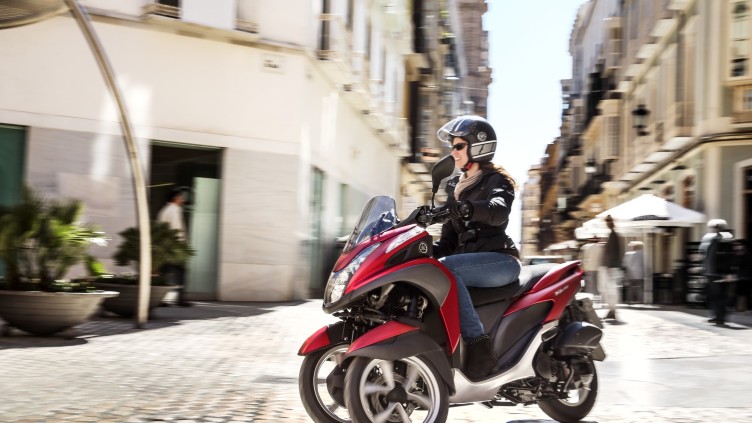
Public authorities must adopt transport policies that acknowledge the role of motorcycles in urban and leisure mobility across Europe.
2. Infrastructure-related recommendations
Adapting road infrastructure to motorcyclists’ needs
-
- Road infrastructure is at the core of road safety, especially for Policy makers need to ensure that infrastructure is well maintained and invest in the necessary resources to create a safer environment for all types of road users, particularly for vulnerable road users such as motorcyclists.
- Consideration of motorcycle safety at the road design stage is essential to ensure that infrastructure is motorcycle friendly. Relevant aspects of well-designed infrastructure include good motorcycle visibility, obstacle free zones, use of appropriate road surface materials and predictable road geometry.
- The characteristics and infrastructure requirements of motorcycles should be part of the basic training of road designers, and highway and traffic The standardisation of data collection procedures for infrastructure-related accidents and the identification of sections with high accident concentrations can also help to reduce the number of serious and fatal accidents involving motorcycle riders.
- The network-wide safety assessment (safety ratings) should have been carried out by Member States by end 2024 in accordance with the revised EU Road Infrastructure Safety Management Directive. In a recently agreed revision of EU infrastructure safety rules, the EU has mandated risk mapping and safety rating for roads of the strategic Trans-European Transport Network (TEN-T), motorways and primary roads, with a specific focus on vulnerable road users including motorcyclists.
- The Safe System approach to road engineering involves matching road function, design, layout and speed limits to accommodate human error, so that that crashes do not lead to death and serious injury.

The Safe System approach to road engineering involves matching road function, design, layout and speed limits to accommodate human error in a way that crashes do not lead to death and serious injury.
3. Human factor-related recommendations
Encouraging high-quality post-licence training
- Safe vehicles must be driven safely. Public authorities should encourage riders with appropriate incentives to undergo voluntary post licensing training in order to keep their skills honed to a high level.
- Post-licence training plays a key role in improving road safety, particularly for people who are upgrading to a more powerful motorbike or who are returning to riding after an extended period of time. Click to view a list of some of the best post-licence training programmes.
Combining educational campaigns and effective law enforcement
- Higher compliance with speed, alcohol, licence and mobile use legislation can also bring substantial road safety benefits. The importance of achieving high levels of correct helmet wearing cannot be over emphasised¹.
- Failing to see an approaching motorcycle is one of the most common errors. Training programmes for all types of licences should actively promote awareness about motorcyclists amongst other road users.
- Campaigns encouraging car and lorry drivers to pay attention to motorcyclists on the road can also make a positive contribution to improve road safety in Europe.
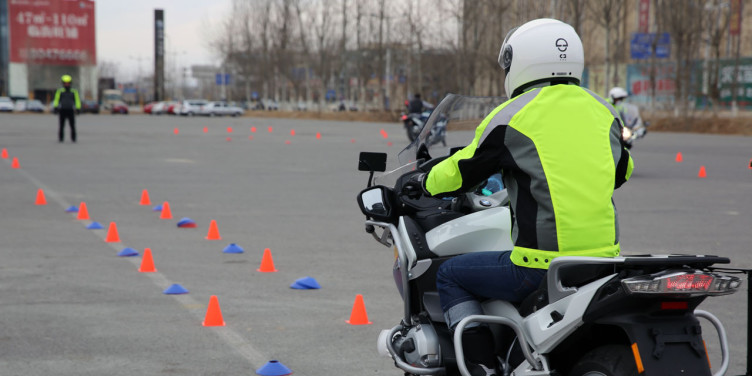
Motorcyclists must be encouraged by public authorities to follow voluntary post-licensing training programmes to improve their hazard perception skills.
4. Vehicle-related recommendations
Ensuring that automated technologies and vehicles are safe for motorcyclists
- Decision makers must ensure that advanced driver assistance systems (ADAS) and future automated vehicles adequately detect all road users, including motorcyclists.
- Automated systems and automated vehicles that do not always detect motorcyclists can lead to serious road accidents and to an increase in motorcycle fatalities.
Ensuring that vehicles are properly maintained
- Defective or poorly maintained vehicles can lead to a higher safety However, only half of the EU Member States have set up compulsory periodic technical inspections for motorcycles. The upcoming revision of the roadworthiness package by the European Commission is an opportunity to effectively tackle those aspects.
- The establishment of these mandatory safety checks in these countries would enhance the maintenance and repair of vehicles, prevent safety failures due to inadequate maintenance (e.g. failures or poor condition of lighting, tyres or braking systems) and, although partially, assist in the prevention of irresponsible tampering.
- National governments should reinforce roadside inspections of all vehicles in order to identify vehicles which could represent a hazard to traffic safety, when relevant safety requirements or vehicle conformity are not fulfilled.

EU Member States have to set up compulsory periodic technical inspections for motorcycles.
